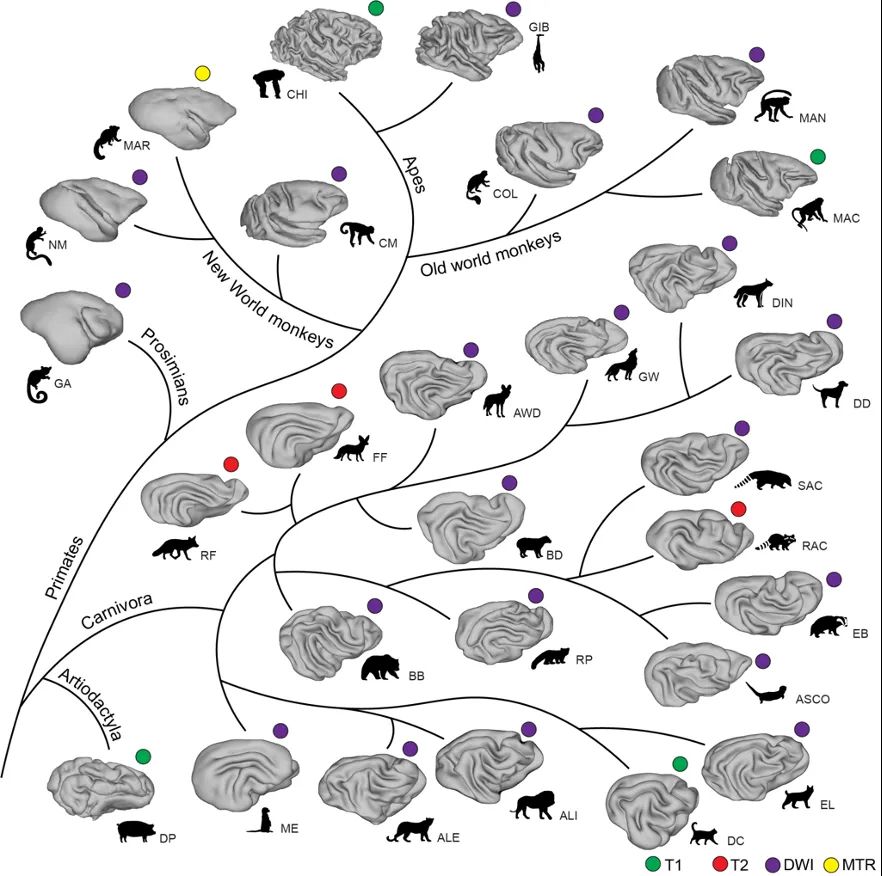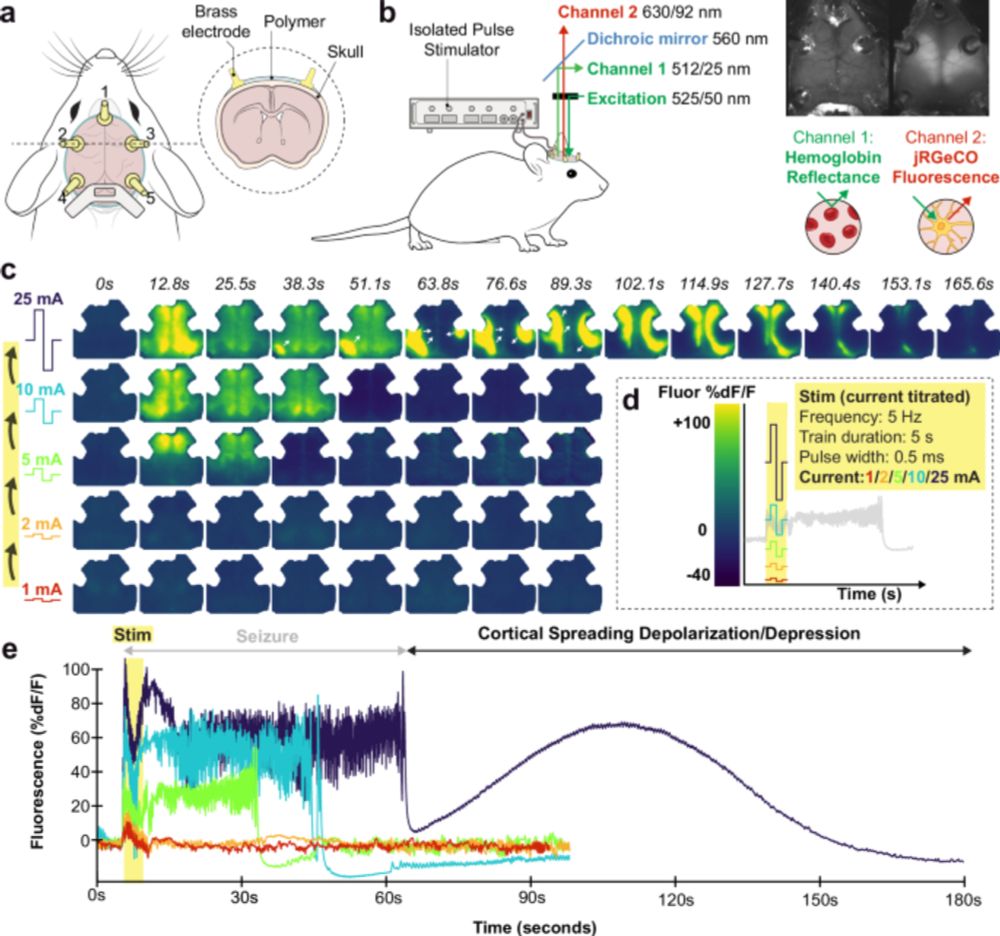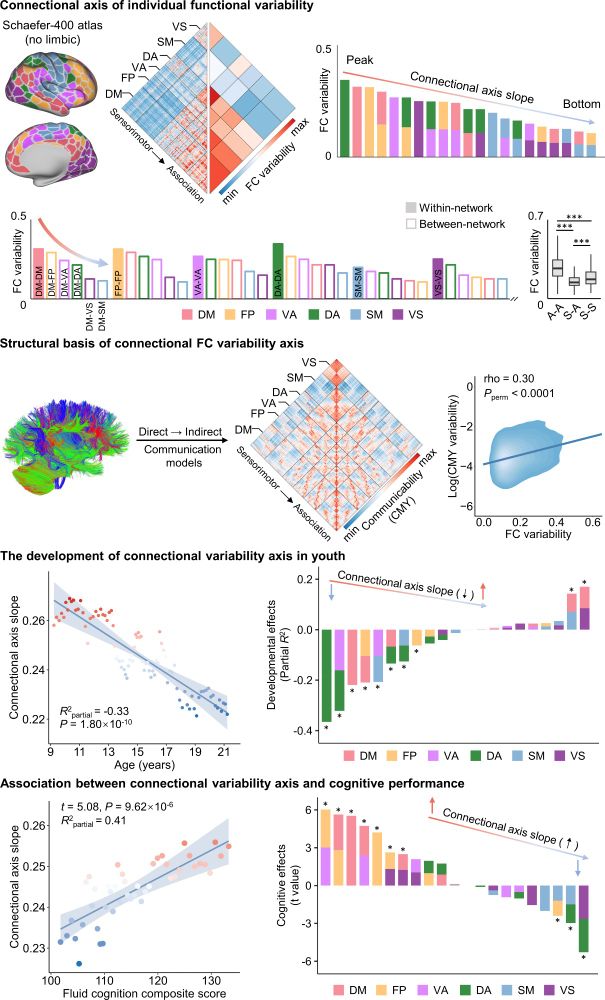

Spatially distributed and regionally unbound cellular resolution brain-wide processing loops in mice
𝗕𝗿𝗮𝗶𝗻 𝗿𝗲𝗴𝗶𝗼𝗻𝘀 𝗼𝗿 𝗱𝘆𝗻𝗮𝗺𝗶𝗰 𝘁𝗵𝗿𝗲𝗮𝗱𝘀?
Dynamical processing winding through most brain regions.
Looks like a must read.
www.biorxiv.org/content/10.1...
#neuroskyence

Spatially distributed and regionally unbound cellular resolution brain-wide processing loops in mice
𝗕𝗿𝗮𝗶𝗻 𝗿𝗲𝗴𝗶𝗼𝗻𝘀 𝗼𝗿 𝗱𝘆𝗻𝗮𝗺𝗶𝗰 𝘁𝗵𝗿𝗲𝗮𝗱𝘀?
Dynamical processing winding through most brain regions.
Looks like a must read.
www.biorxiv.org/content/10.1...
#neuroskyence

Could be ideal for a gap year between MSc and PhD or PhD and postdoc!
Please out more here: recruitingapp-5218.de.umantis.com/Vacancies/43...?
Could be ideal for a gap year between MSc and PhD or PhD and postdoc!
Please out more here: recruitingapp-5218.de.umantis.com/Vacancies/43...?
doi.org/10.1038/s414...

doi.org/10.1038/s414...

Funded by National Institute of Mental Health (NIMH)

Funded by National Institute of Mental Health (NIMH)
With 7T quantitative myelin imaging, EEG, and cognitive data, we uncover heterochronous laminar maturation in the PFC 1/n. www.biorxiv.org/content/10.1...

With 7T quantitative myelin imaging, EEG, and cognitive data, we uncover heterochronous laminar maturation in the PFC 1/n. www.biorxiv.org/content/10.1...
Cytoarchitecture, wiring and signal flow of the human default mode network
Combining 3D histology, 7T MRI, and connectomics to explore DMN structure-function associations
Led by Casey Paquola, @themindwanders.bsky.social & a terrific team of colleagues 🙏

Cytoarchitecture, wiring and signal flow of the human default mode network
Combining 3D histology, 7T MRI, and connectomics to explore DMN structure-function associations
Led by Casey Paquola, @themindwanders.bsky.social & a terrific team of colleagues 🙏
www.biorxiv.org/content/10.1...
#neuiroscience

www.biorxiv.org/content/10.1...
#neuiroscience
appliedcognitionlab.psychology.uconn.edu
We are recruiting new team members at the undergraduate, graduate, and postdoctoral levels - join us!
#Neuroskyence #neuroimaging #PsychSciSky #CogPsyc #ClinPsych #CogDev #devpsy #CogSci
appliedcognitionlab.psychology.uconn.edu
We are recruiting new team members at the undergraduate, graduate, and postdoctoral levels - join us!
#Neuroskyence #neuroimaging #PsychSciSky #CogPsyc #ClinPsych #CogDev #devpsy #CogSci
The brain is telling us how it works. biorxiv.org/content/10.1...
The brain is telling us how it works. biorxiv.org/content/10.1...

